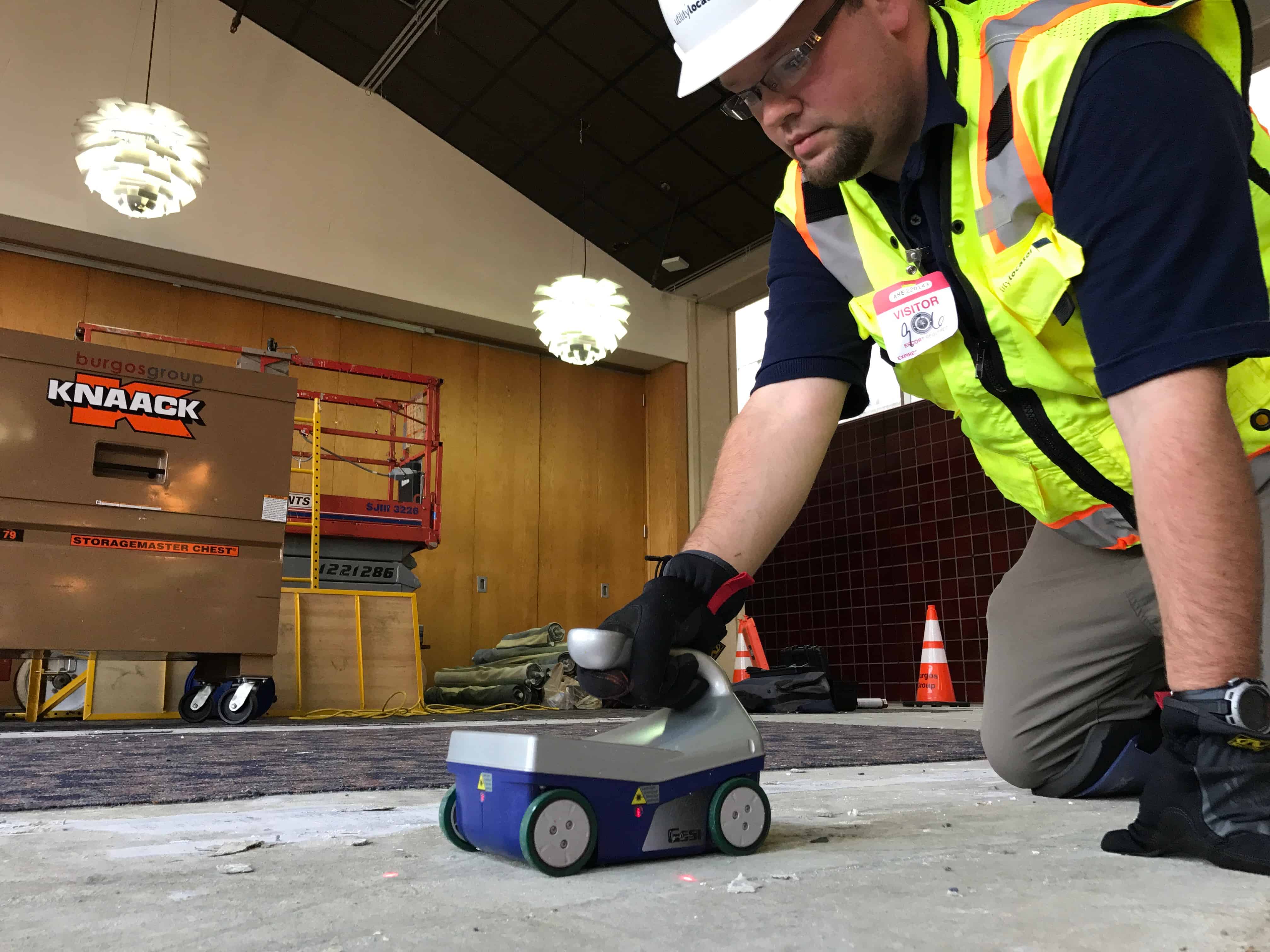Advanced Concrete Scanning Techniques: Making Certain Structural Stability
Advanced Concrete Scanning Techniques: Making Certain Structural Stability
Blog Article
Introduce the Transformative Power of Concrete Scanning in Taking Full Advantage Of Efficiency and Safety And Security
Concrete scanning has actually arised as a critical device in the building and construction market, supplying unequaled advantages in boosting task effectiveness and making sure safety and security standards. By making use of innovative technology, concrete scanning permits experts to see beyond the surface area, revealing surprise intricacies that might influence the architectural integrity of a building. The transformative power of concrete scanning lies in its capability to give thorough understandings and real-time information, revolutionizing just how projects are intended and executed. As we look into the complexities of this innovative method, a globe of opportunities opens, showcasing a new period of building and construction techniques that prioritize accuracy and protection.
Relevance of Concrete Scanning
Making certain the structural stability and safety of building projects begins with the important action of carrying out complete concrete scanning. Concrete scanning is a non-destructive method made use of to spot and map subsurface elements within concrete frameworks.
Additionally, concrete scanning assists in maximizing task timelines and budget by preventing unanticipated costs and delays that might arise due to unpredicted obstructions within the concrete. Eventually, spending in detailed concrete scanning is a proactive strategy that improves both performance and safety in building and construction projects.
How Concrete Scanning Works
Concrete scanning runs as a vital tool in building projects by employing innovative technologies to spot and map subsurface aspects without causing structural damage. Ground Penetrating Radar (GPR) and Electromagnetic Induction (EMI) are two primary methods utilized in concrete scanning.
Throughout the scanning procedure, the information gathered is examined in real-time, allowing immediate identification of prospective risks or barriers below the surface. This information aids in decision-making, making sure that building tasks continue securely and successfully. In addition, 3D imaging software can be made use of to develop comprehensive maps of the subsurface aspects, additionally improving task preparation and execution. By utilizing these innovative modern technologies, concrete scanning dramatically decreases the danger of costly problems and injuries on building sites.
Advantages of Concrete Scanning
Utilizing sophisticated scanning innovations in building and construction projects offers a wide range of benefits, boosting both efficiency and security on-site. Among the key advantages of concrete scanning is the capability to detect and locate embedded items such as rebar, post-tension cable televisions, and avenues accurately. By recognizing these components before boring or cutting into concrete structures, the threat of unintended strikes is considerably minimized, preventing potential injuries to workers and damage to the structure itself. Additionally, concrete scanning helps in planning and designing better, as it gives specific information about the location and depth of structural elements.

Study: Concrete Scanning Success

In one more instance, a building firm used 3D concrete scanning to evaluate the condition of aging concrete frameworks in a historical building. The detailed scans given beneficial insights right into the extent of degeneration and aided focus on maintenance efforts successfully. By click to read more proactively addressing areas of concern determined via scanning, the company was able to prolong the life-span of the structure and guarantee occupant security.
These study highlight the transformative power of concrete scanning in enhancing performance, accuracy, and security in building and construction projects.
Implementing Concrete Scanning in Projects
Applying sophisticated scanning modern technologies throughout building and construction tasks has actually come to be significantly check my blog important for enhancing precision and safety. By integrating concrete scanning into job preparation and execution, construction teams can recognize possible threats, such as rebar or post-tension wires, concealed within concrete frameworks. This positive method minimizes the risk of accidents, hold-ups, and pricey rework, inevitably resulting in much more effective job timelines and budget plans.
To carry out concrete scanning efficiently, project managers need to work together closely with experienced scanning specialists to establish the most suitable scanning techniques for the details task needs. Involving scanning professionals from the onset of a task makes it possible for the group to develop thorough scanning strategies that deal with crucial areas of worry and make sure thorough information collection.
Furthermore, incorporating concrete scanning right into routine job workflows can improve decision-making processes, as real-time check information gives instant insights into the problem of concrete frameworks - Concrete Scanning. This data-driven technique assists in informed problem-solving and makes it possible for groups to make adjustments promptly, promoting a culture of performance and security throughout the project lifecycle

Conclusion
In verdict, concrete scanning plays an essential function in enhancing performance and safety in construction jobs. By making use of innovative modern technology to map and find out underlying frameworks within concrete, this process helps to stop pricey blunders, guarantee structural stability, and decrease threats on site. With the capability to reveal concealed aspects and offer precise information, concrete scanning verifies to be a beneficial device for maximizing project outcomes and making best use of total success.
Concrete scanning is a non-destructive approach made use of to identify and map subsurface components within concrete frameworks. In addition, concrete scanning aids in maximizing project timelines and budget by avoiding unforeseen expenses and hold-ups that might develop due to unpredicted obstructions within the concrete. One review noteworthy instance study entails a massive renovation job where concrete scanning played a crucial role in ensuring task success.In an additional situation, a building company used 3D concrete scanning to evaluate the condition of maturing concrete frameworks in a historic building. By incorporating concrete scanning right into task preparation and implementation, building groups can determine potential threats, such as rebar or post-tension wires, concealed within concrete structures.
Report this page